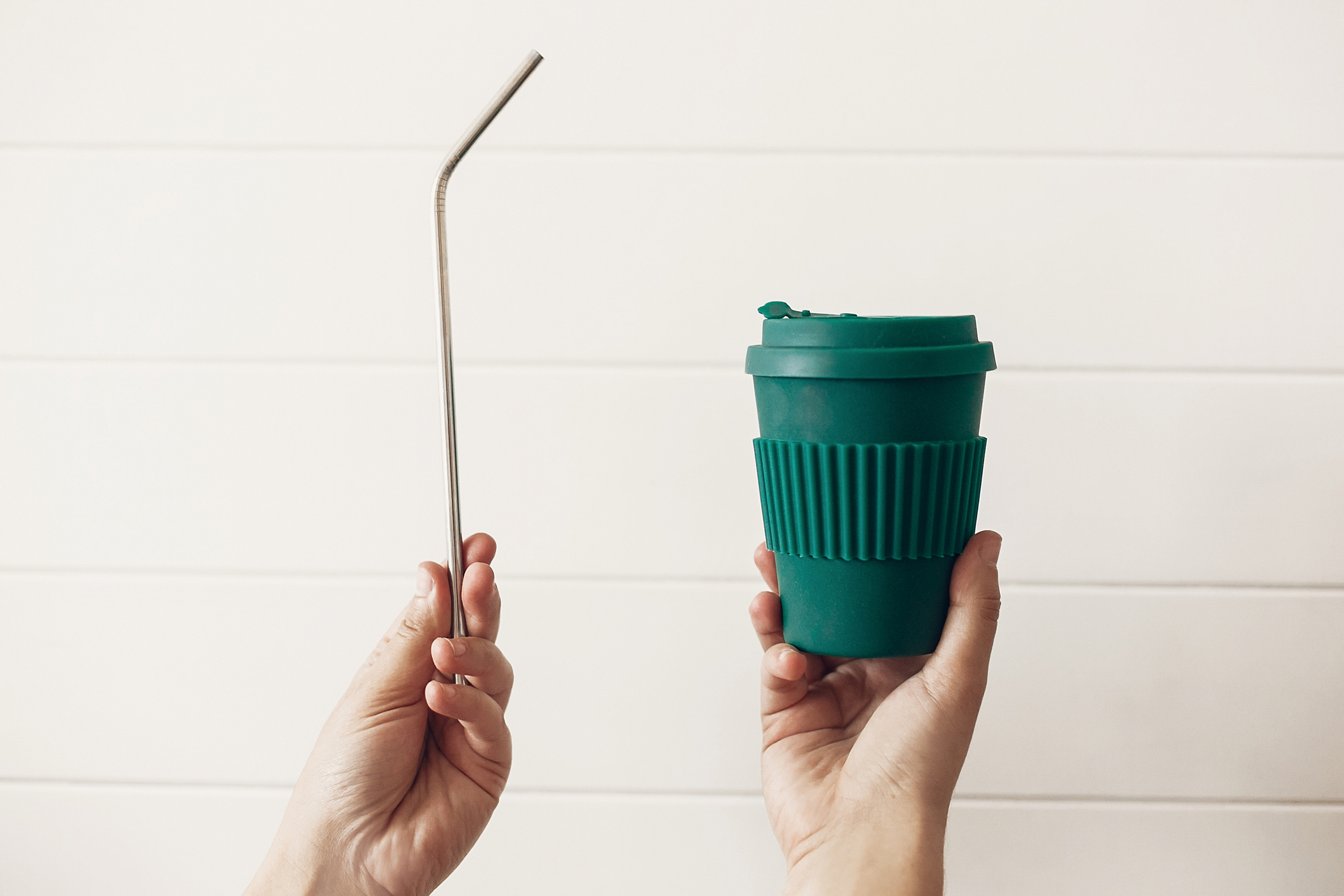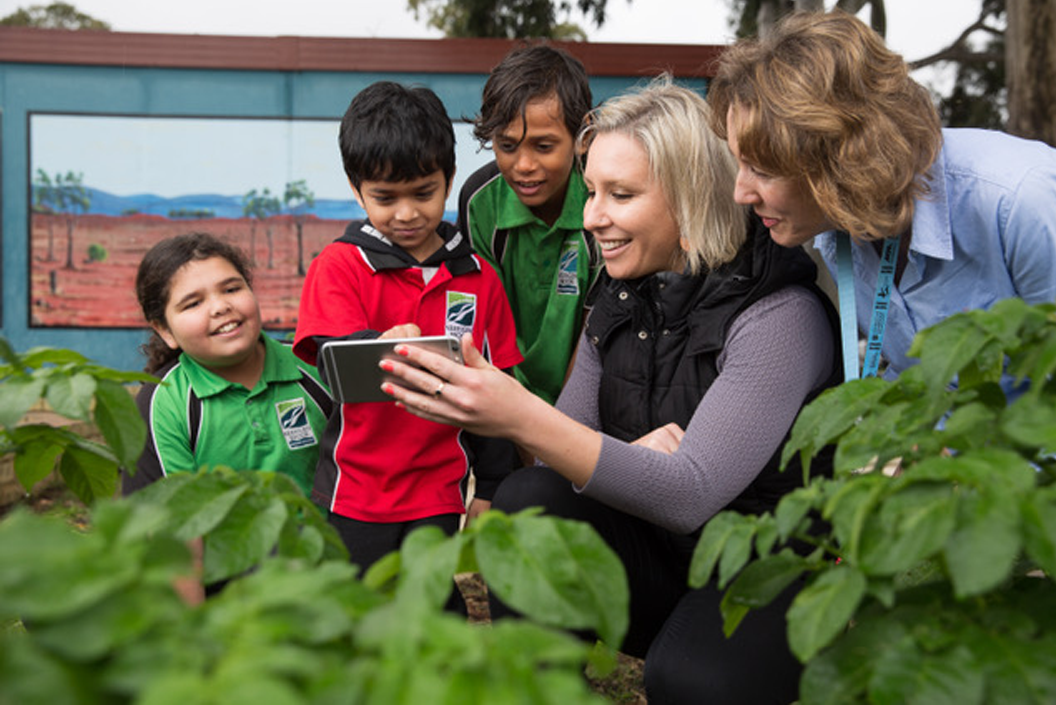As the new year and new decade open with Australia’s worst bushfire season, due to a warming climate, the predicted mainstreaming of sustainability is becoming accelerated.
Last year, Stylus listed sustainability as one of the top five trends of 2019. Climate conscious consumers and savvy product designers have helped shift the sustainable from the crunchy fringe to mainstream thinking.

As more industries – including innovation and technology – are embracing the movement, could sustainable tech soon be just … tech?
The new normal
Vanessa Rauland is the CEO of ClimateClever, a tech startup based in Fremantle, WA. Their app helps homes, schools and businesses reduce their carbon footprint.
Vanessa says the bushfires have pushed climate change to the forefront of many people’s minds.
“I also believe we’ll see more people taking action in their own lives, which can be very empowering,” she says. “This goes for businesses too.”
Brands like Adidas and IKEA are transitioning towards a circular economy model where companies take responsibility for reducing waste by recycling and reusing products.

Getting sustainable tech-savvy
Time Magazine’s 100 best inventions of 2019 featured a sustainability category that showcased pollution, energy, waste and food innovation.
Eviation’s fully electric airplane and recycling company TerraCycle’s platform Loop made the list.
Loop sells products such as Häagen-Dazs ice cream and Febreze air freshener in reusable packaging. Imagine getting your ice cream in a stainless steel container that’s collected, cleaned and reused instead of thrown in the bin.
Shaping a sustainable future
Vanessa’s hot tips for sustainable tech in 2020 is apps and other software that provide data people can use to change their behaviour.
“We need data instantaneously so that we can proactively make decisions and changes to our behaviour,” says Vanessa.

“Having access to live data can mean we don’t end up having to pay for water leak or a faulty pump, air-cons left on over holidays or a gas leak three months after it happens.”
This data helps consumers become aware of their contribution to climate change.
As this occurs, Vanessa predicts an emergence of share economy apps that allow people to further reduce their consumption across the board.
Bushfire-proof houses
Sustainable technology may also provide a solution to homes destroyed by bushfires.
Hempcrete or structural hemp is more environmentally friendly and fire resistant than regular building materials. And Mirreco, based in Western Australia, is leading the way in this space.
If 2020 is the year that sustainable technology is the new normal, let’s hope it can help tackle climate change before it’s too late.









